Mr. Do Van Nam (Nam Tu Liem District, Hanoi ) shared his story of buying interstitial land. A few years ago, Mr. Nam bought a level 4 house built on interstitial land for more than 600 million VND. This relatively cheap price helped Mr. Nam stabilize his life, have a place to live without having to spend money on monthly rent.
Recently, when he learned that the neighbor behind his house decided to sell 30 square meters of interspersed land, he did not hesitate to spend money to buy this land with the intention of renovating the house he is living in to make it more spacious. " If this land is added to the current house, my family's living space will be much more comfortable and spacious," Nam shared.
However, after buying the land and preparing to start construction, Mr. Nam encountered problems, causing his land worth several hundred million dong to suddenly lose all its value.
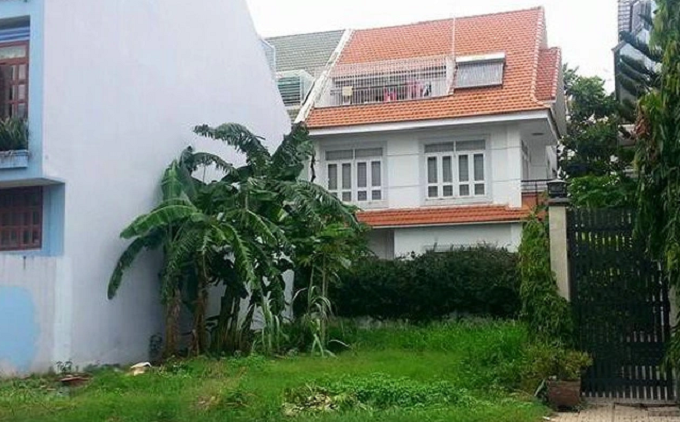
Be careful when buying land without a red book. (Illustration: CafeF)
Specifically, the level 4 house that Mr. Nam is living in has a shared alley with three other neighbors. This alley was created by the four houses sharing the alley. Meanwhile, the land behind the house that Mr. Nam just bought is not part of the land plot where the four houses are living. Therefore, when Mr. Nam intended to expand and expand the house, he was opposed by the three remaining neighbors on the grounds that the land behind is not allowed to share the alley.
“ Normally we are all close neighbors, often going to each other’s houses to eat and drink. Who would have thought that now they are forcing me to pay for the shared alley so I can build it, ” Mr. Nam said indignantly.
According to Mr. Nam, the amount of money to use this shared alley is up to tens of millions of dong, while to buy the 30m2 plot of land, Mr. Nam had to sell his car and borrow money from friends.
“ Now I have no money and I don’t want to compromise with my neighbors anymore because I am very upset. I won’t build a house anymore, I am willing to let that land be used to grow vegetables, ” said Mr. Nam.
According to Mr. Nam, because the land is interlaced and there are only handwritten documents, when a dispute arises, it is very difficult to bring it to the government for intervention and handling. Therefore, if you want to build, the only way is to negotiate with the surrounding neighbors. " Buying interlaced land has the advantage of being cheap, but when a dispute arises, it is very difficult to resolve," Mr. Nam admitted.
Less fortunate than Mr. Nam, Mr. Nguyen Van Phong (from Thanh Hoa ) was "cheated" after buying a piece of land in Vinh Hung ward (Hoang Mai district, Hanoi).
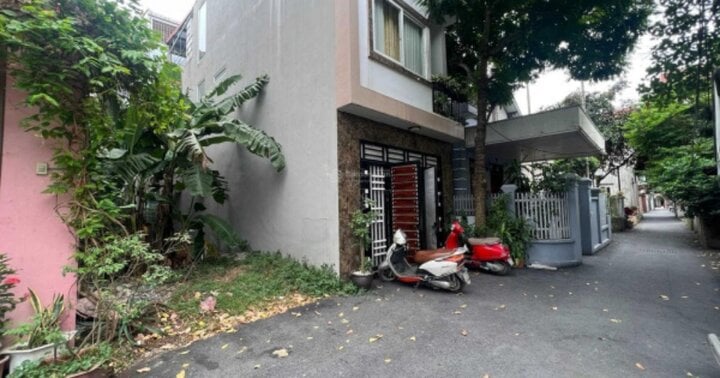
Many people "get stuck" when buying interspersed land. (Illustration: Ngoc Vy).
Through a broker, Mr. Phong was introduced to a 42 m2 plot of land located right on a 5 m wide alley, where cars can easily pass. It has a prime location, and the surrounding neighbors have all built houses, but this plot of land costs only 32 million VND/m2. Meanwhile, the surrounding land price is about 90 million VND/m2.
Because the land is so beautiful and the landowner and broker promised that after about 3 months of buying and selling, they will help the homeowner get the procedures to build a level 4 house with an attic, which is a 1.5-storey house.
After asking around the neighbors, Mr. Phong also learned that many people came to inquire about this plot of land and were very satisfied, and the homeowner had a wide network of connections, so he could help with the construction procedures.
Motivated, just two days after viewing the land, Mr. Phong decided to deposit 100 million VND and 7 days later pay for the entire land.
But unexpectedly, 3 months later, when the deadline for the homeowner to support the construction procedures came, Mr. Phong suddenly could not contact either the homeowner or the broker.
Even more shocked, when he arrived at the plot of land he had just bought, he was shocked to see a sign on the plot of land saying, "The land is disputed, construction and trading are prohibited."
Contacting the phone number on the sign, Mr. Phong was shocked to learn that this plot of land had been sold to at least 3 different people. The person who hung the sign and another person were also in dispute, and now Mr. Phong was the third owner of this plot of land.
“ We went to find the landowner but could not contact him. The address on the handwritten documents was fake. The broker’s information was also fake. Because the land was interspersed, the purchase and sale was mainly based on trust, so when a risk occurred, only the buyer suffered. It was truly a bitter fruit that I will never forget ,” Phong said sadly.
According to many real estate experts, the attractiveness of interstitial land without a red book is its very cheap price. However, when buying interstitial land, buyers need to realize that it is no different from a "red and black" game with a 50/50 win-loss ratio. Because, for any real estate transaction without full legal documents according to current regulations, it means that there is nothing to ensure legal ownership for the buyer.
Ngoc Vy
Source




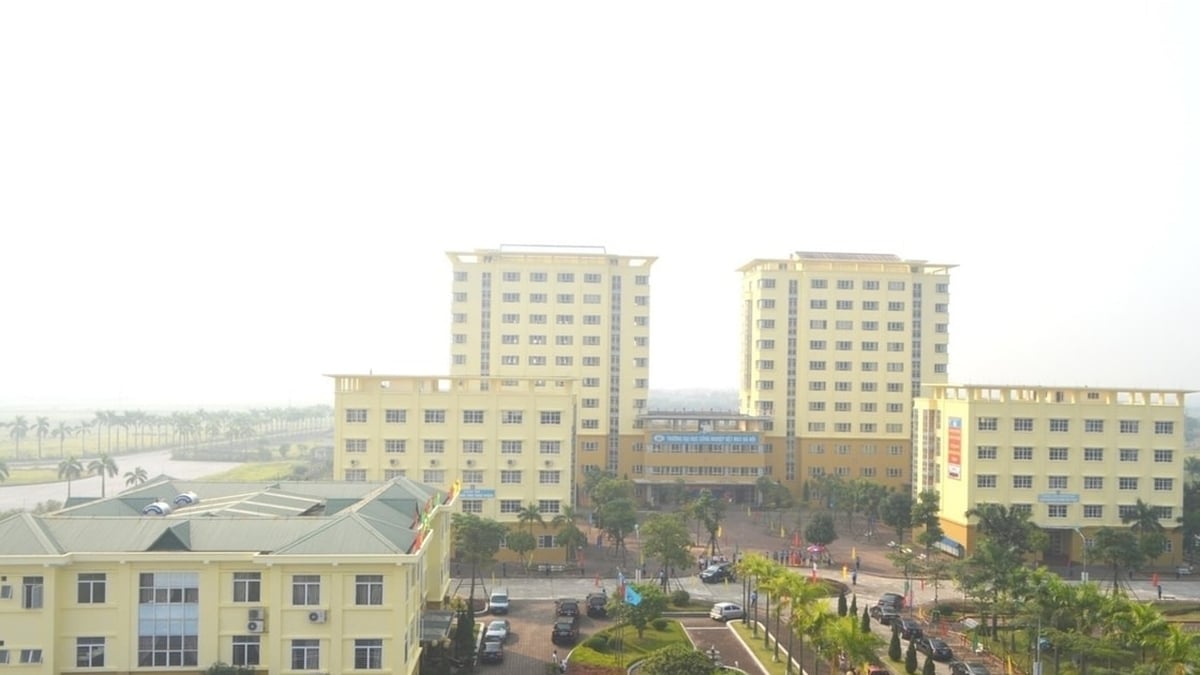



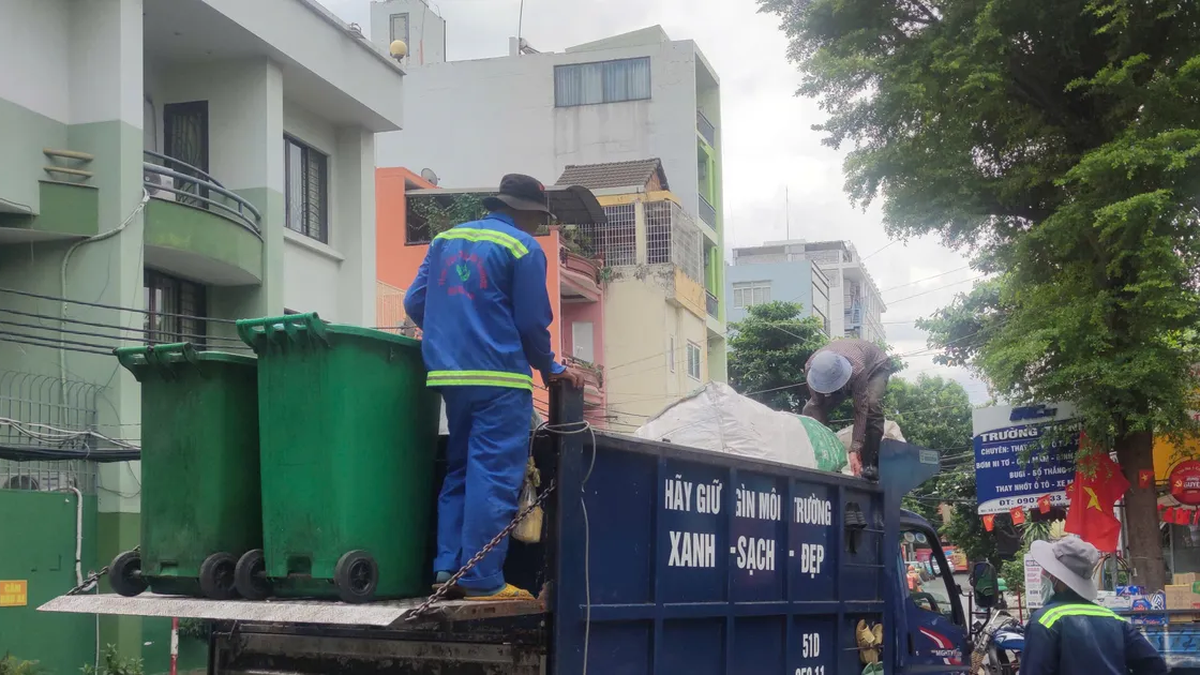

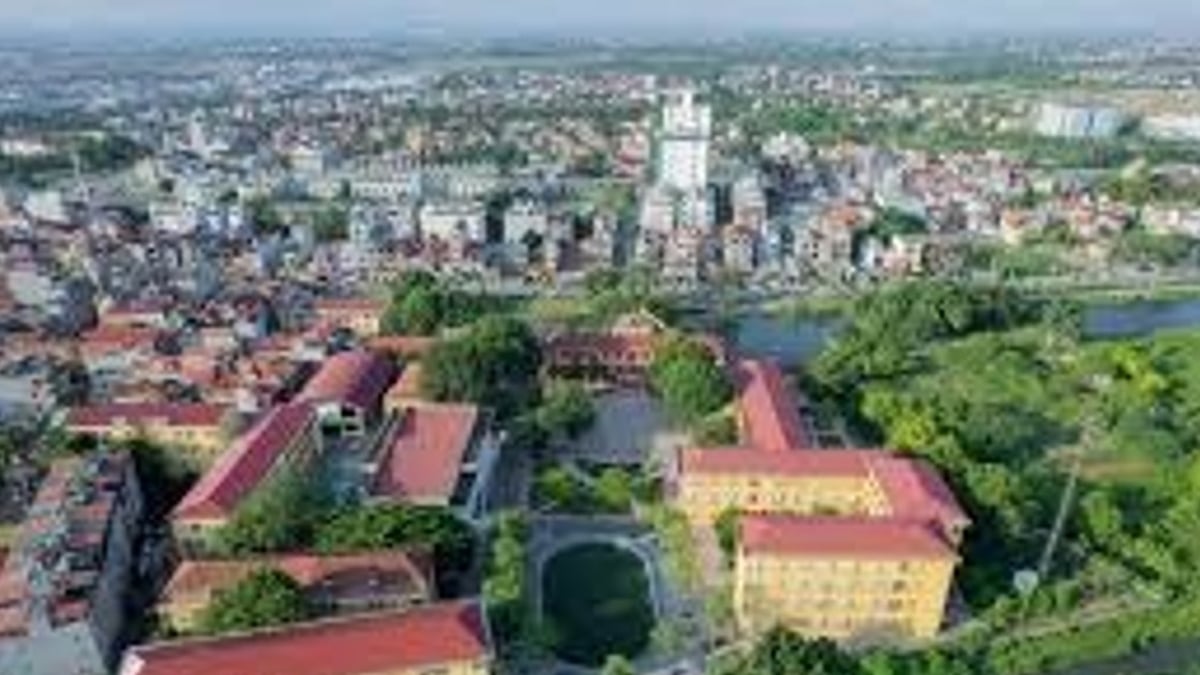

































































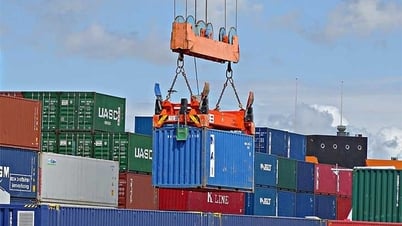


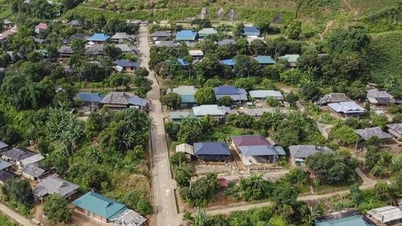























Comment (0)